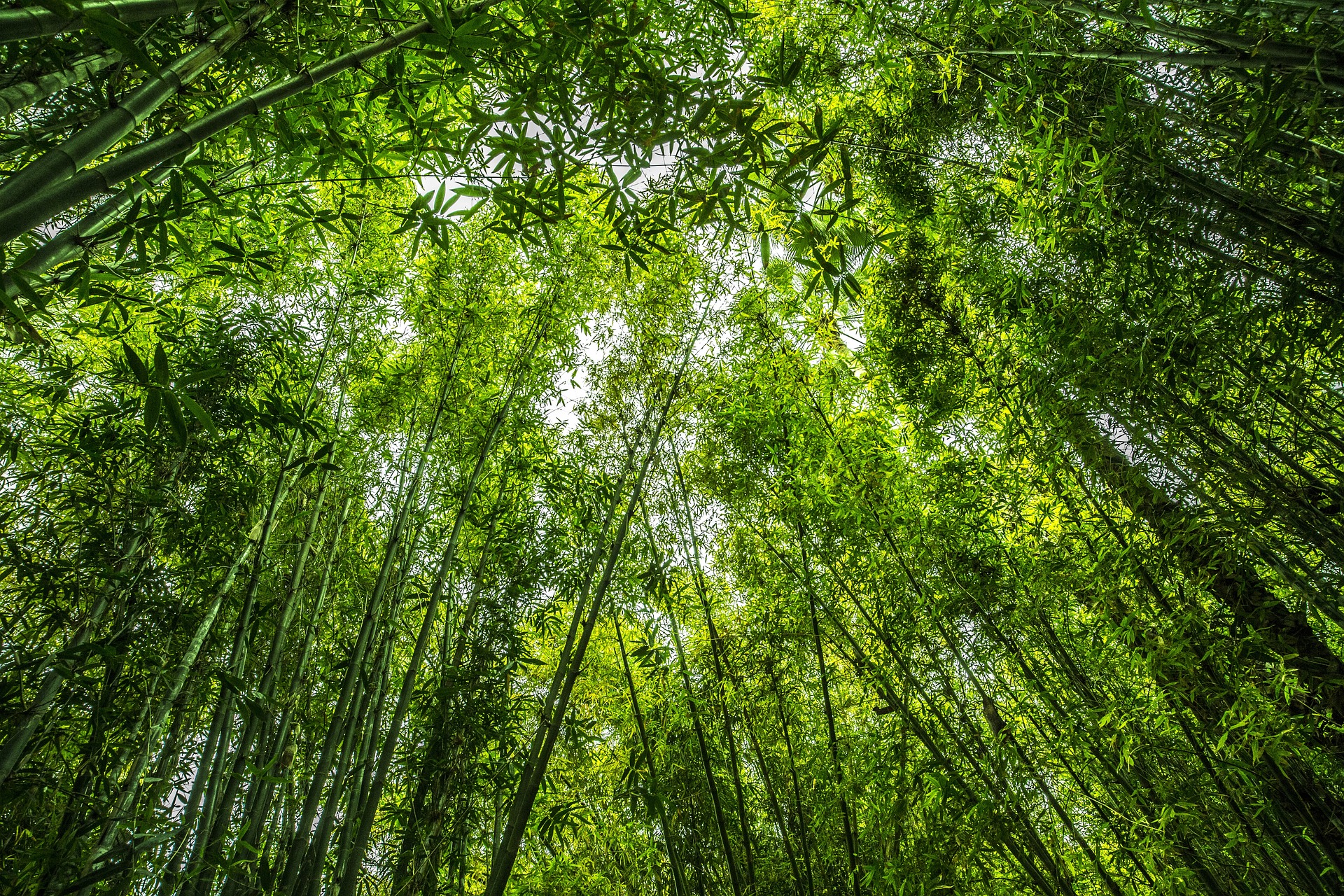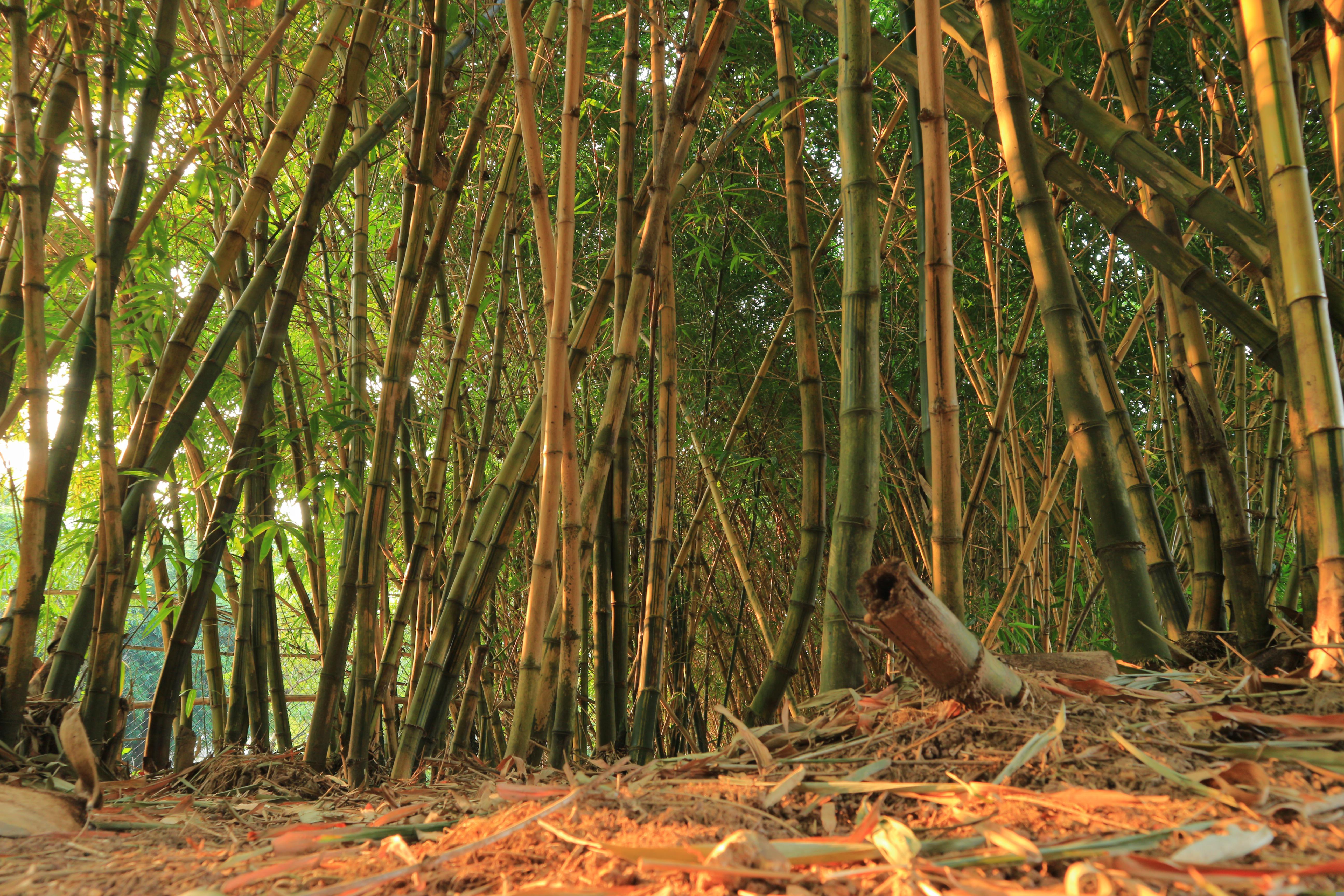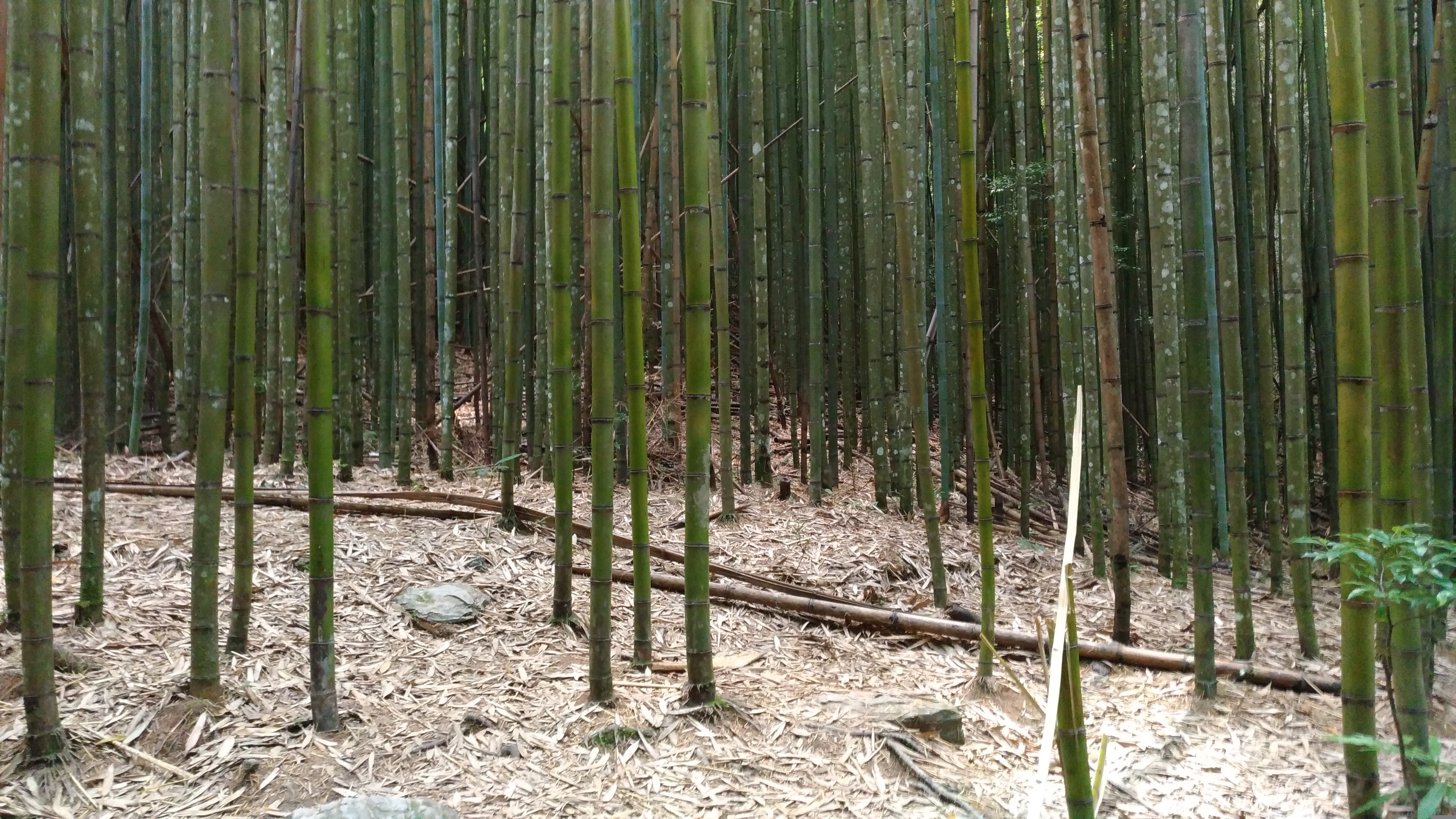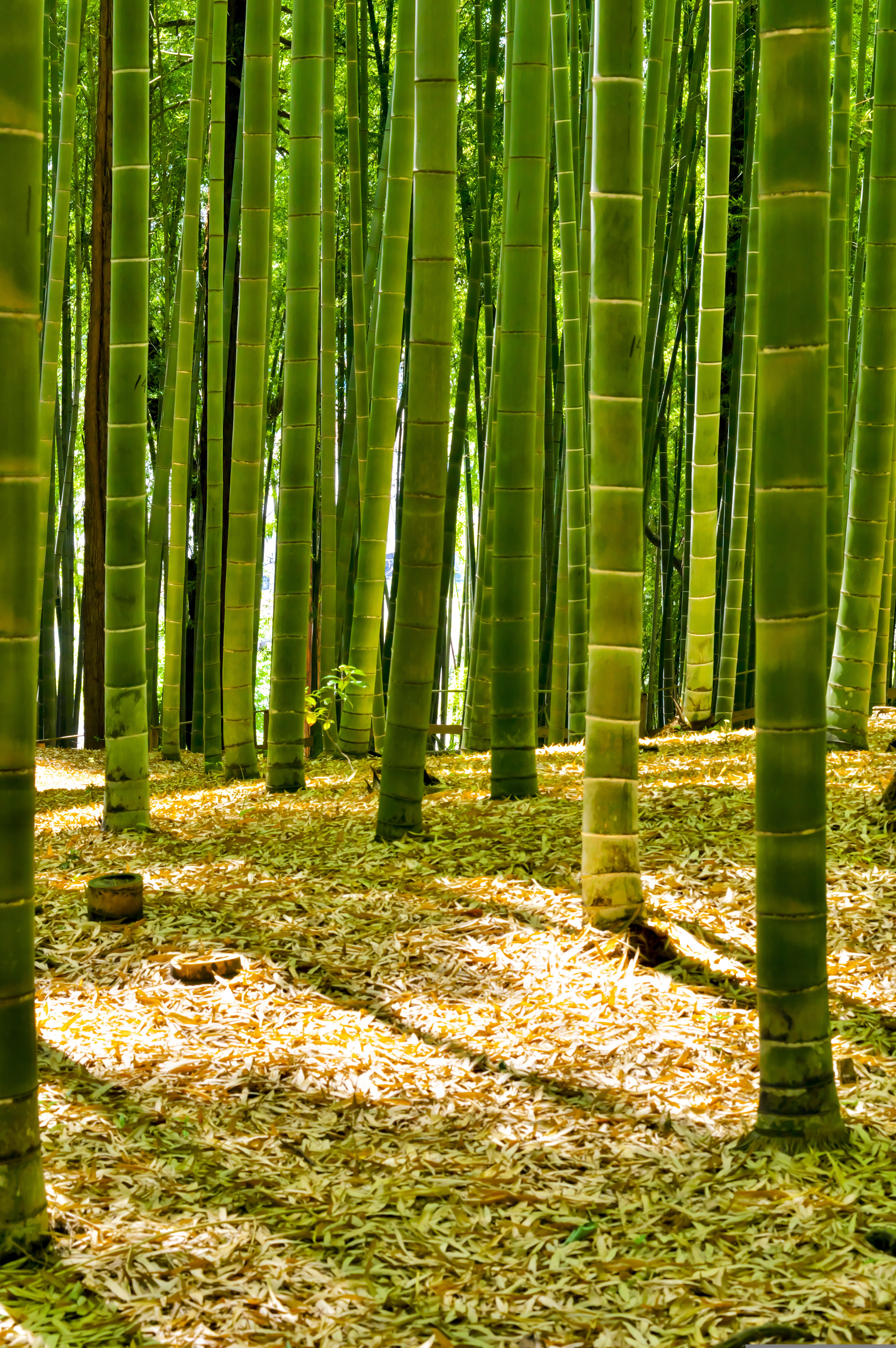Bamboo forestry, once regarded primarily as an ornamental plant or a material for handicrafts, has emerged as a key player in sustainable forestry practices globally. This versatile plant, with its rapid growth rate and multitude of applications, is being recognized for its potential to mitigate environmental challenges and promote economic development while conserving natural resources.
Bamboo, belonging to the grass family, is one of the fastest-growing plants on Earth, with some species capable of growing up to 91 centimeters (36 inches) in a single day under ideal conditions. This rapid growth makes bamboo an exceptionally renewable resource, as it can be harvested for various purposes without the need for replanting. Unlike traditional timber forests, where trees take decades to mature, bamboo reaches maturity in just three to five years, making it an attractive option for sustainable forestry initiatives.
One of the key advantages of bamboo forestry lies in its environmental benefits. Bamboo forests play a crucial role in carbon sequestration, absorbing large amounts of carbon dioxide from the atmosphere and releasing oxygen. Studies have shown that bamboo can sequester more carbon than equivalent stands of trees, making it a valuable ally in combating climate change.
Moreover, bamboo forestry promotes soil conservation and watershed protection. The dense root systems of bamboo plants help prevent soil erosion, stabilize slopes, and reduce the risk of landslides. Additionally, bamboo forests act as natural water filters, enhancing water quality and maintaining the health of aquatic ecosystems.
Beyond its environmental advantages, bamboo forestry offers a wide range of economic opportunities. Bamboo is a highly versatile material with numerous commercial applications, including construction, furniture production, papermaking, textiles, and bioenergy production. Its strength, flexibility, and sustainability make bamboo an attractive alternative to traditional materials in various industries.
In many regions, bamboo forestry initiatives are providing livelihood opportunities for rural communities and contributing to poverty alleviation. By cultivating and processing bamboo, farmers and entrepreneurs can generate income while promoting sustainable land management practices.
Governments, international organizations, and environmental groups are increasingly recognizing the importance of bamboo forestry in achieving sustainable development goals. Initiatives such as the International Bamboo and Rattan Organization (INBAR) are actively promoting the sustainable use of bamboo resources and supporting research, capacity building, and policy development in this field.
As the world faces mounting environmental challenges, bamboo forestry stands out as a promising solution for promoting environmental conservation, economic development, and poverty alleviation. By harnessing the potential of bamboo as a renewable resource, we can create a greener, more sustainable future for generations to come.
In conclusion, bamboo forestry represents a compelling model for sustainable land management and economic development. Its rapid growth, environmental benefits, and versatile applications make it a valuable asset in the fight against climate change and deforestation. By investing in bamboo forestry initiatives, we can pave the way for a more sustainable and prosperous future.
Post time: Apr-03-2024









